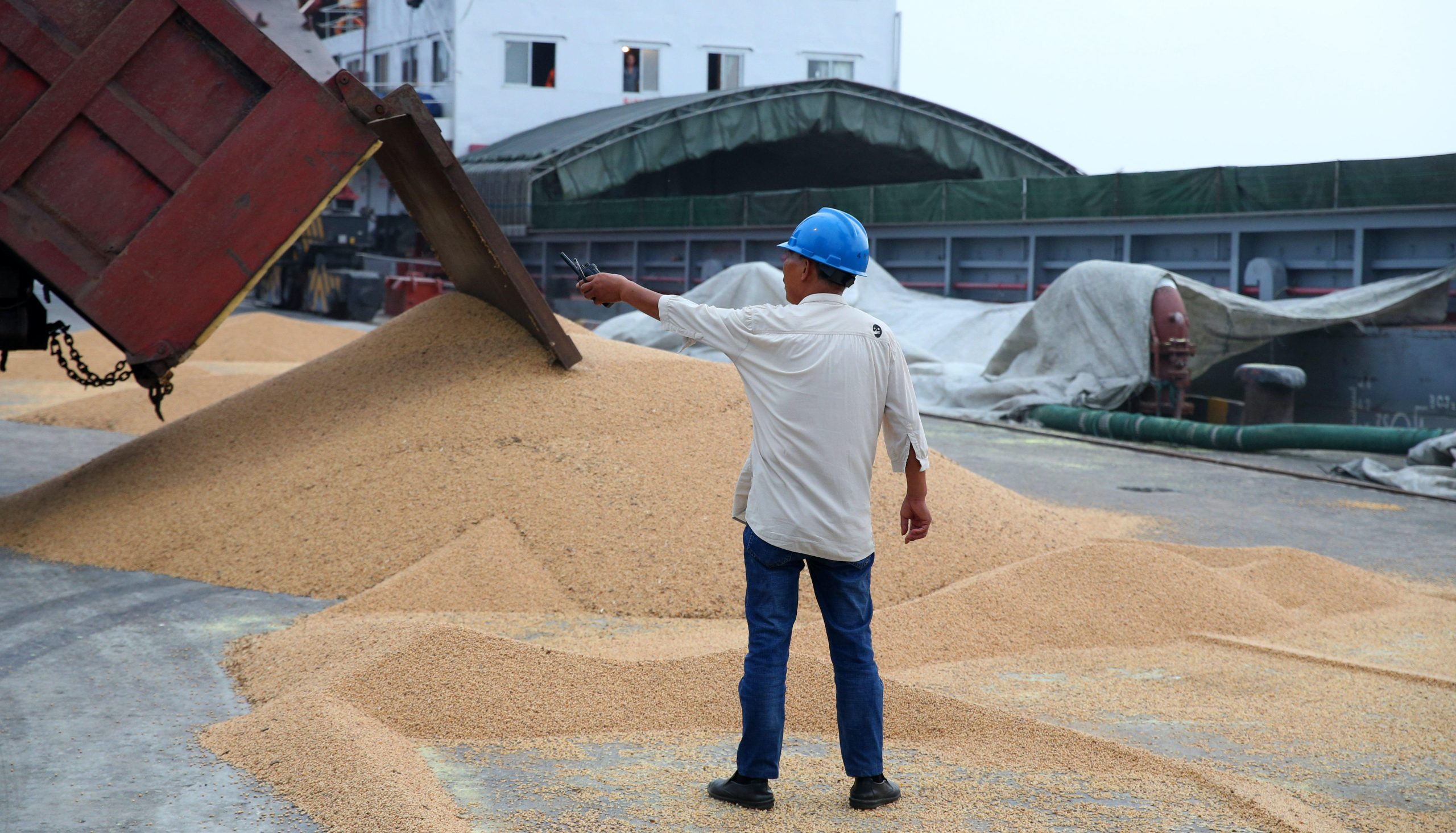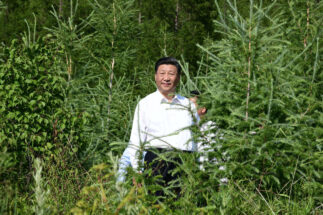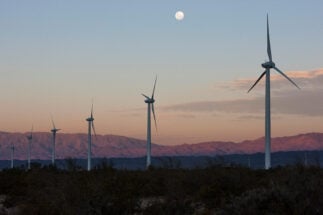For most of the last decade, environmental journalists have warned of South American countries unnecessarily rolling back social and environmental protections in the wake of the “China boom”, the period of heightened commodity investment seen between 2002 and 2011. The suggestion, so it has gone, is that governments would ease protections in the hopes of prolonging the boom and expediting future projects.
The ‘China boom’...
was a period of growth in Chinese commodities investment in South America between 2002 and 2011. The period saw US$25 billion in investments from China arrive in the Amazon basin countries of Brazil, Bolivia, Ecuador and Peru, while, together, their annual commodity exports to China grew by around US$18 billion.
A new working paper by the Boston University Global Development Policy Center and the BRICS Policy Center at the Pontifical Catholic University of Rio de Janeiro gives credibility to these claims. Its findings show that rollbacks did occur, but they did not spur investment or expedite projects. Such “flexibilising” reforms were relatively rare during the boom, but became common in the years after prices peaked in 2011.
South America’s “China boom” in commodity production and exports was fuelled by increasing investment and demand from China. In particular, Brazil, Ecuador, Peru and Bolivia saw a wave of Chinese investment in the Amazon basin, with expansions in hydrocarbon, mining and agricultural production. These came in the form of both direct Chinese ownership of projects and in infrastructure projects supported by China’s two main policy banks, the China Development Bank and the Export-Import Bank of China.
During these years, regional governments responded by enacting strong social and environmental standards to ensure that the communities surrounding investments benefitted from them, or at least were not harmed. For the years 1998–2011, in these four countries of the Amazon basin the BRICS Policy Center observed 68 instances of strengthening protections for indigenous peoples and traditional communities, forest and protected areas, and environmental licensing procedures. In contrast, the centre found just 15 reforms relaxing existing protections.
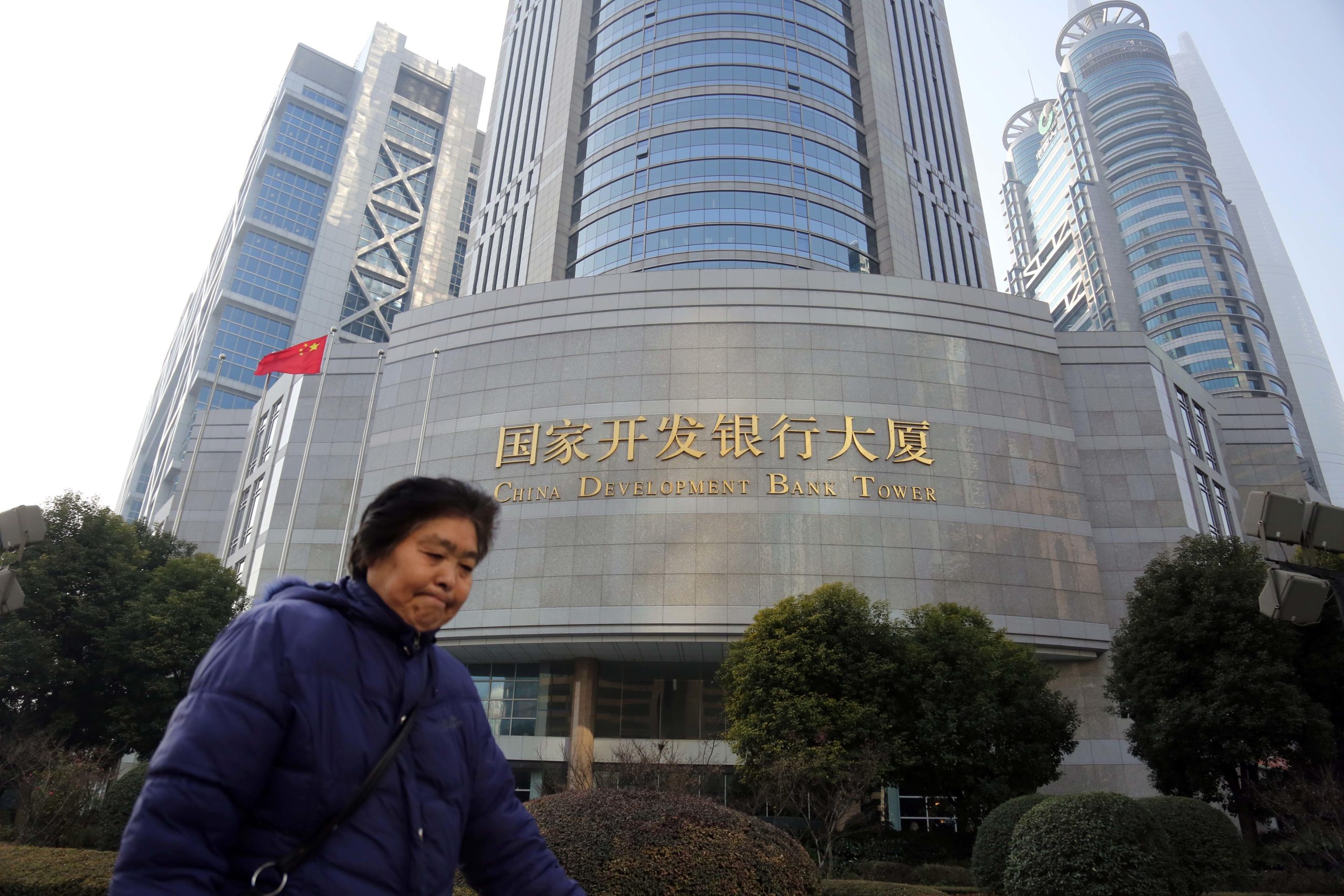
The commodity boom peaked and ended in the early 2010s, as commodity prices quickly reversed course. In its wake, regional governments began to relax (or “flexibilise”) their protections. This rollback appears to have been motivated in part by hopes of prolonging the China boom or expediting projects already in the pipeline; such a drive is notable in the names of reforms such as Peru’s 2014 Law 30230 (“Law … for the Promotion and Dynamism of Investment in the Country”) and Ecuador’s 2021 Executive Decree 151 (“Action Plan for the Mining Sector”).
However, the China boom in the Amazon basin did not continue. On average, Chinese investments in the Amazon basin declined, both in size and number. The length of time between projects’ initial announcement and their eventual groundbreaking or purchase date also lengthened, with the exception of two large projects in 2014: China Minmetals’ Las Bambas mine and the expansion of China National Petroleum Corporation (CNPC) oil production, both in Peru. Four additional projects have never broken ground, thanks in part to civil society concerns that the newly loosened regulations had not managed the environmental and social risks of these projects, including Bolivia’s Rositas hydropower dam and Peru’s Amazon waterway.
A similar downward trend occurred with the environmental and social risks and impacts of the Chinese projects that went forward in the Amazon basin. Our research found that as governments strengthened their protections during the commodity boom, median risks declined among Chinese investments in the Amazon basin. However, the kinds of high-risk projects characteristic of the early boom years did not rebound – apart from a few projects like CNPC’s Peruvian oil production.
Host countries can be confident that social and environmental standards do not impede Chinese investment, but are a necessary foundation for it
Why were Chinese investors not moved by the relaxing of standards in Amazon basin countries? Some Chinese investors – especially state-owned enterprises and policy banks – may have different motivations and incentives from Western private investors. On top of profit, these investors may often be motivated by domestic Chinese policy goals, including leveraging China’s foreign reserves, employing domestic overcapacity abroad, and seeking commodities that will fuel China’s development strategy. For host countries, making investment less costly by removing regulations won’t overcome declining foreign reserves in China or changes in China’s growth strategy that require fewer commodity imports.
These drivers mean that Amazon basin countries – and, more broadly speaking, Belt and Road Initiative (BRI) host countries – can establish the environmental and social standards that their citizens demand without losing out on future “China booms”.
In fact, China’s “country systems” approach to overseeing the environmental performance of its outbound investments relies on the existence of these standards in host countries, and on their willingness to enforce them.
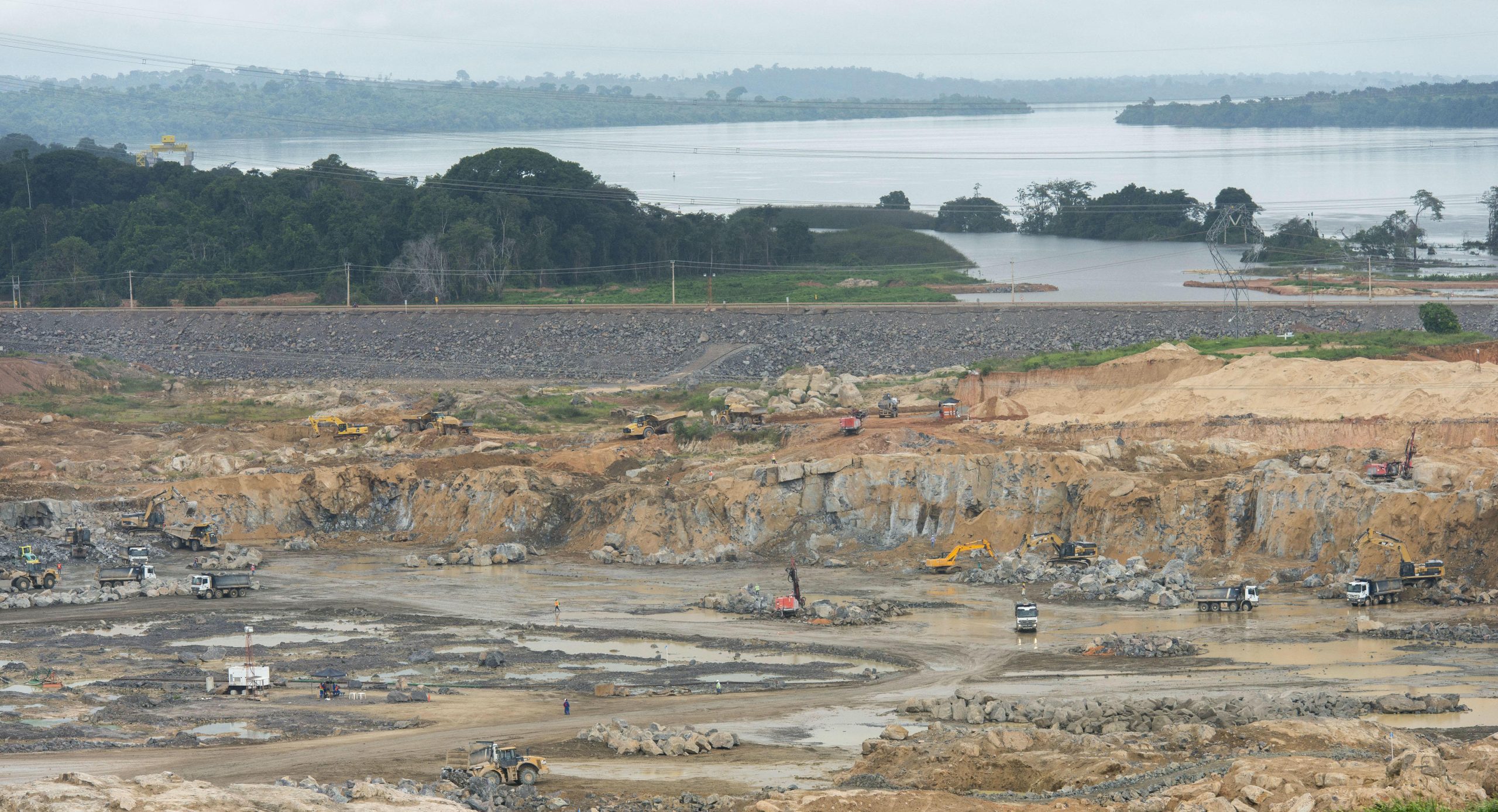
Recently, China has made strides to enhance its own oversight of foreign investment, including new guidance encouraging a “whole lifecycle” approach to risk management, from project design through implementation and even new advice for Chinese banks to institute complaint mechanisms for times when that risk management fails. While these new steps are encouraging, it will be several years before they result in tangible changes for countries hosting Chinese investment.
In the meantime, host countries can be confident that social and environmental standards are not an impediment to Chinese investment, rather they are a necessary foundation for it.
Amazon basin countries – and BRI host countries around the world – would be wise to develop and protect social and environmental standards to fit domestic needs and citizens’ demands, without concern that they may scare off Chinese investors.
